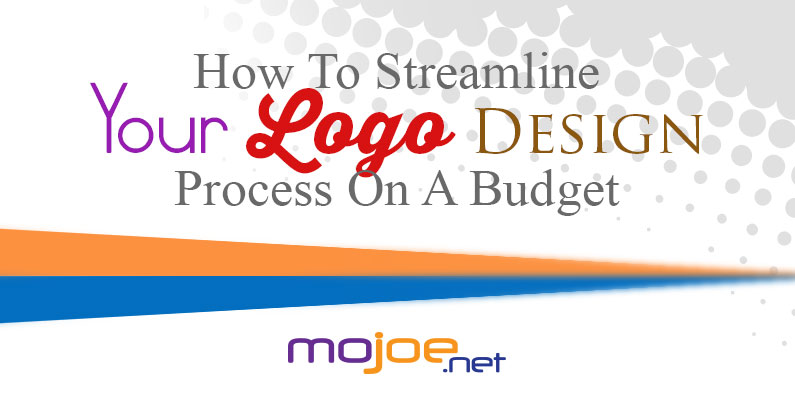Creating a logo for your business is much like picking a name for your child. Unless you have had the perfect idea in mind for quite some time, it can be a very daunting task. On one hand, your logo design has be just right and must be emblematic of your brand’s mission, but on the other hand, you need a logo in order to move forward on anything and everything. You can’t launch your website without it, you can’t print business cards or promotional items, the list goes on and on.
A smart, eye-catching logo is an integral part of an effective branding strategy.
Have you ever noticed that the arrow in the Amazon logo points from the letter “A” to “Z”? The creative elements of their logo are so well thought out, consumers know at a glance that the company sells everything from A to Z. And the arrow serves two purposes, it is also designed to resemble a smiling face. Which ties in perfectly with Amazon’s smile program, a charitable program that donates money to different organizations. This is just one example of the positive brand image a logo can convey.
How can you streamline the logo design process, get it done on a budget and end up with a design that conveys your brand identity to your target customers?
Start With Research
The more research you can do upfront, the more success you will have working with a designer. Armed with colors, fonts and examples of designs that you like, and what you definitely don’t want in a logo, you can streamline the process and cut down on the number of revisions, as well as the cost.
Logos need to stand the test of time because you don’t want to rebrand frequently, that’s why research is a critical part of the process. While you want a logo that represents your brand, you also need something classic enough to grow with the company without becoming outdated.
Differentiate Yourself From Competitors
“Start with evaluating your competitors’ logos and figure out a way to differentiate yours,” says Evelyn Frison, Co-founder of Pivotte, a functional luxury clothing brand.
It’s important that your logo isn’t similar to competitors within your industry, as to not confuse potential customers. The last thing any new business wants is their marketing efforts wasted because customers confuse the brand for another.
Asking yourself a few key questions can help you get on the right track:
- What is your company’s primary product, service or offering? Think outside of the box when answering this question. For example, you may sell comfortable leggings that are perfect for travel, but you don’t want your logo to represent the apparel you sell, instead you may want it to represent the travel lifestyle your products support; as your target customer may relate more to that aspect of the business.
- Why does your company do what it does?
- Who is the target consumer?
The answers to these questions can lead to relevant design ideas to incorporate within your logo.
“Think about how to incorporate your values, or aspects of the brand into the logo. And think about practical use cases as well, such as where will the logo appear. For example, if your logo is too long, it might be difficult to incorporate it on company swag,” adds Frison.
DIY
If you don’t have a budget to hire a designer, you can always do it yourself. And the great thing about this approach is you can create something very personal and unique.
Katherine Sprung, Owner of Squish Marshmallows, a small batch marshmallow and confection company, designed her own logo in a very creative and interesting way. “I didn’t have a design budget, and drew the logo by hand, scanned it, and had a friend turn it into a digital version through Illustrator for $20,” shares Sprung. “And for my font, I used Calligraphr, a site that turns your handwriting into a downloadable font for free.”
Shabrina Koeswologito, Founder of Slow Travel Story, a travel blog focusing on slow and sustainable travel, created her own logo as well. Start to finish it took her a total of three months to complete the design process and finalize her logo. “I searched for images that represent my brand on stock photo websites like Unsplash, and looked for logo designs on Etsy. After finding inspiration on Pinterest for color palettes that matched my brand marketing kit, I created my logo using Canva.”
Brand Identity Is Key
The most important thing to keep in mind during the design process is that your logo will help build your brand identity. Your logo should have a strong association with your company’s values, mission, product, and how you want consumers to visualize your brand.
Article Provided By: Forbes


Recent Comments